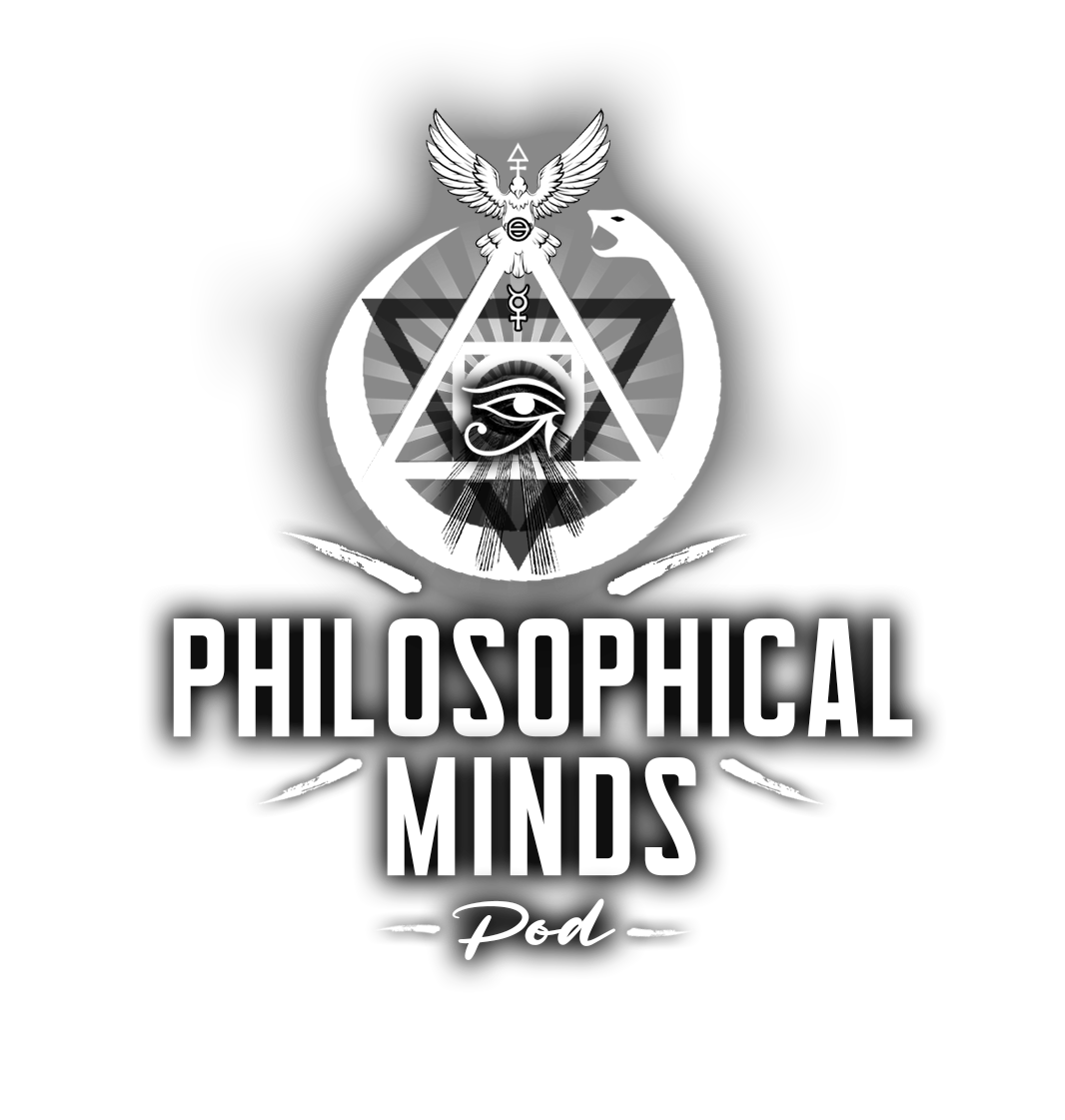The Alchemical Mysteries of Mercury: Insights from Zosimos of Panopolis

In the shadowy corridors of ancient wisdom, where the boundaries between science and mysticism blur, we find the enigmatic figure of Zosimos of Panopolis. A 3rd to 4th-century alchemist, Zosimos was one of the earliest and most influential figures in the history of alchemy. His writings, dense with symbolism and rich with allegory, offer us a glimpse into the profound mysteries of the alchemical tradition. Among the many elements that Zosimos explored, mercury—often referred to as *hydrargyrum* or *argentum vivum* (“living silver”)—held a place of particular importance. For Zosimos, mercury was not just a substance but a key to understanding the nature of transformation itself.
The Alchemical Significance of Mercury
In the alchemical tradition, mercury is revered as a quintessential substance, embodying both material and spiritual aspects. It is both a tangible element, used in various chemical processes, and a profound symbol of the alchemical process of transformation. Zosimos, in his treatises, explored mercury not merely as a physical substance but as a dynamic principle, representing the fluidity and mutability essential to the work of alchemy.
Mercury, with its unique properties—its ability to flow like water yet be as reflective as a mirror—symbolizes the elusive and transformative nature of the alchemical quest. It is the embodiment of the *prima materia*, the primal substance from which all things are believed to originate. This fluid and changeable nature of mercury made it the perfect symbol for the alchemist’s search for the Philosopher’s Stone, the substance that could transmute base metals into gold and grant eternal life.
Zosimos and the Mystical Nature of Mercury
Zosimos’ writings often delve into the mystical aspects of mercury, portraying it as a substance that bridges the material and spiritual worlds. In his visions and allegories, mercury appears as a living entity, a spirit or daemon that guides the alchemist through the transformative process. Zosimos speaks of mercury as a “divine water” or “holy spirit,” emphasizing its role in purifying and elevating the soul.
In one of his most famous visions, Zosimos describes an encounter with a priest who is subjected to a process of dismemberment and rebirth within a cauldron—a potent symbol of the alchemical process. The priest’s body is dissolved and then reconstituted, a transformation that Zosimos equates with the purification of mercury. This allegory reflects the belief that mercury must undergo a series of transformations—dissolution, purification, and coagulation—before it can become the Philosopher’s Stone. The alchemist, like the priest in Zosimos’ vision, must also undergo a similar process of inner purification and rebirth.
For Zosimos, mercury’s role in alchemy was deeply intertwined with the concept of purification. He saw the alchemical work as a spiritual journey, a path of purification that mirrored the processes occurring in the alchemical vessel. Just as mercury could be purified and transmuted into gold, the alchemist’s soul could be purified and transformed through the discipline of alchemy. This purification was not merely physical but spiritual, leading to the enlightenment and perfection of the soul.

The Dual Nature of Mercury
Zosimos also emphasized the dual nature of mercury, seeing it as both a corrosive and a healing agent. In its raw form, mercury was often viewed as dangerous and volatile, capable of dissolving other metals and symbolizing the destructive aspect of transformation. However, through the alchemical process, mercury could be purified and transformed into a healing substance, representing the alchemist’s mastery over the forces of nature.
This duality reflects the broader theme in alchemy of the union of opposites, the reconciliation of conflicting forces to achieve balance and harmony. Zosimos’ interpretation of mercury embodies this principle, illustrating how the alchemist must learn to balance the destructive and creative aspects of the work to achieve true transformation.
Mercury as the Soul's Mirror

Another key aspect of Zosimos’ teachings on mercury is its role as a mirror for the soul. The reflective nature of mercury, its ability to capture and mirror the image of the world, made it a powerful symbol for self-reflection and inner contemplation. Zosimos believed that the alchemist must, like mercury, become a mirror for the divine, reflecting the purity and perfection of the higher realms.
In this context, mercury represents the alchemist’s inner consciousness, the aspect of the self that can reflect and understand the divine nature. Through the process of alchemy, the soul, like mercury, becomes purified and attuned to the higher spiritual truths, ultimately reflecting the divine image within itself.
The Legacy of Zosimos and the Alchemical Mercury
Zosimos’ teachings on mercury have had a lasting influence on the alchemical tradition, shaping the way later alchemists understood and worked with this enigmatic substance. His emphasis on the spiritual and symbolic aspects of mercury laid the groundwork for the mystical interpretations that would dominate medieval and Renaissance alchemy.
Mercury, in the alchemical tradition, became more than just a substance; it became a symbol of the alchemist’s own spiritual journey. Zosimos’ insights into mercury as a bridge between the material and spiritual worlds, as a symbol of purification and transformation, continue to resonate with those who seek to understand the deeper mysteries of alchemy.
Zosimos of Panopolis offers us a profound vision of mercury as a key to the alchemical mysteries. His teachings remind us that alchemy is not just a physical science but a spiritual discipline, a path of transformation that leads to the purification and enlightenment of the soul. Mercury, with its fluid and reflective nature, serves as both the medium and the symbol of this transformative journey, guiding the alchemist toward the ultimate goal of union with the divine.
